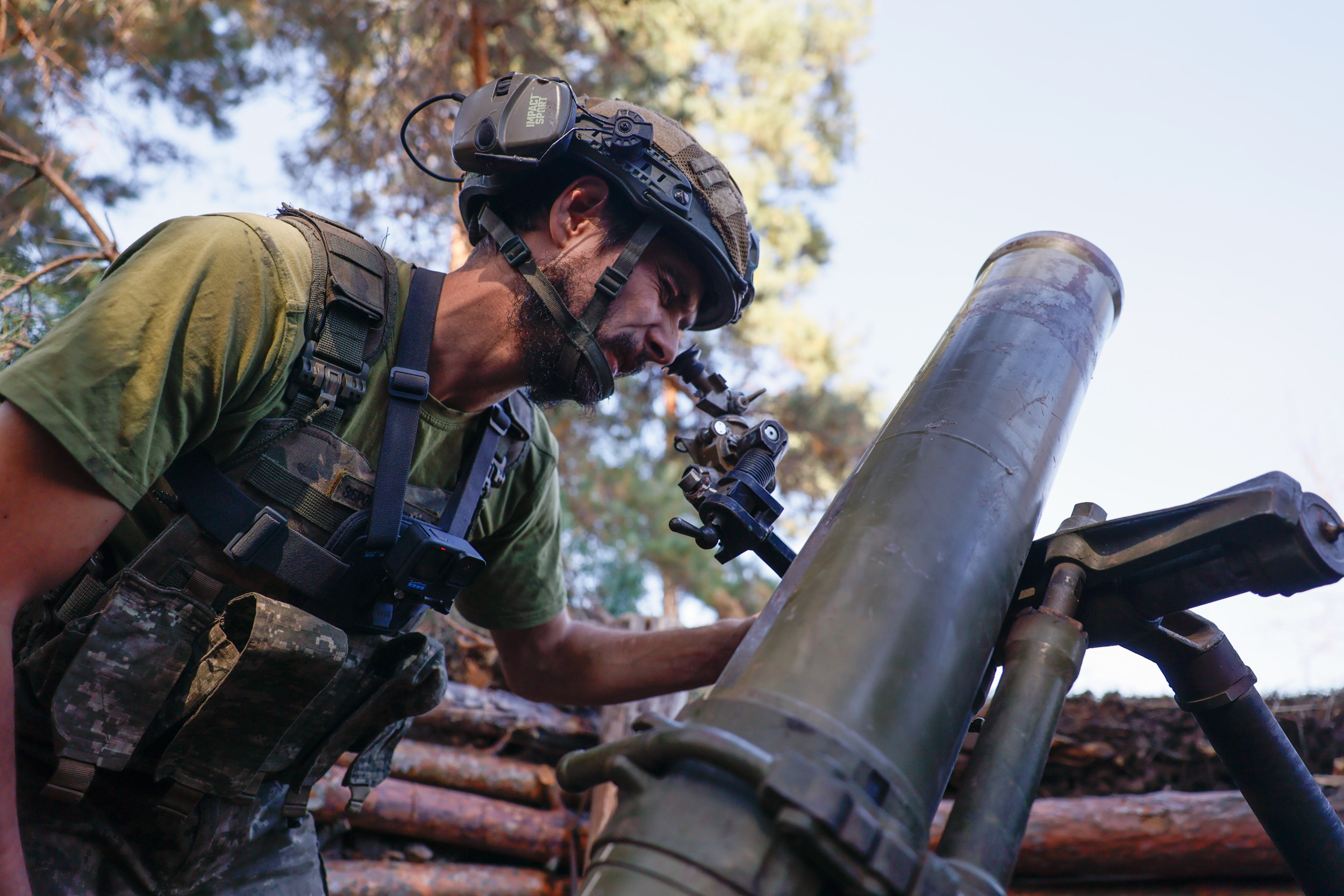Ukrainian forces pushing their counteroffensive in the southeast of the country are “neutralizing” Russia’s numerical advantage, a retired American general has said, even if they have so far been denied the decisive breakthrough that Kyiv’s Western partners were hoping for.
Retired Lieutenant General Ben Hodges, who served as the commander of U.S. Army Europe, told Newsweek that the Ukrainian decision to prioritize Russian artillery, headquarters, and logistics hubs is part of a larger strategic plan not necessarily focused on territorial gains.
“I think most people are looking at this with the wrong context,” Hodges said of the months-old counteroffensive, the slow pace of which has raised concerns in the West that Ukraine’s troops will not be able to eject Russian troops from the occupied south of the country. Such fears have prompted fresh talk of negotiations that might see Kyiv forced to surrender territory and its ambition to join NATO.
“What I think Ukrainians have done correctly is to focus their efforts on destroying artillery, destroying headquarters, destroying logistics,” Hodges said.
“This is how you neutralize the only advantage the Russians have—the advantage of mass—by taking away their headquarters, taking away the artillery that’s required to support them and make it difficult for Ukrainians to get through minefields, and then finally the logistics: taking out ammunition and transportation.”
“Think about what the counteroffensive is for,” Hodges added. “It is for achieving some operational level objectives, and you don’t do that with just ground forces. You have to use what NATO calls ‘multidomain’—air, land, sea, cyber, information, special forces—all of the different domains. That’s U.S. doctrine, that’s NATO doctrine, and that’s exactly what the Ukrainians are doing.”
Newsweek has contacted the Russian Defense Ministry by email to request comment.
The Ukrainian thrust appears intended to sever the so-called “land bridge” of southern Ukraine, which—while Russian troops remain in place—connects occupied Crimea to western Russia. The bridge stands as one of President Vladimir Putin‘s few tangible strategic successes of the full-scale invasion to date and could serve as a spine for future Russian expansion all along the Ukrainian Black Sea coast.
Success for Ukraine’s offensive and the collapse of the land bridge could spell disaster for the Kremlin. If combined with the destruction of the Kerch Strait Bridge—the span erected to connect Crimea with Russia by rail and road after its annexation in 2014—the significant Russian military grouping on the peninsula would be isolated and starved of supply.
“The land domain, of course, is aimed at the eventual isolation of Crimea,” Hodges said of the ongoing Ukrainian operation. “You’ve got to start with that. Everything they’re doing is aimed at Crimea. And the way you get Crimea is to isolate it, make it untenable, and then you can liberate it.”
“The land efforts that are going through all these little-known villages, minefields and trenches, what they’re trying to do is to sever the land bridge that connects Russia to Crimea. And that’s a critical part of the isolation of Crimea. They can do that either if they make it all the way or they get weapon systems that can make it impossible for Russians to move up and down the so-called land bridge.”
Ukrainian President Volodymyr Zelensky is among the Ukrainian leaders who have admitted that the offensive is progressing “slower than desired.” Officials in Kyiv remain publicly bullish about their chances for success, despite murmurings of discontent within the president’s inner circle previously revealed by Newsweek.
Ukrainian commanders have reportedly even clashed with their U.S. counterparts—who remain Kyiv’s most important backers—over the conduct and progress of the counteroffensive.
Hodges said critical voices in the Pentagon should think twice. “There’s no way we would send an American soldier to do what the Ukrainians are having to do, because we would never go in there without air superiority,” he said.
“Any criticism of how the Ukrainians are doing it, or how they’re not going fast enough, is really wrong and misplaced.”

